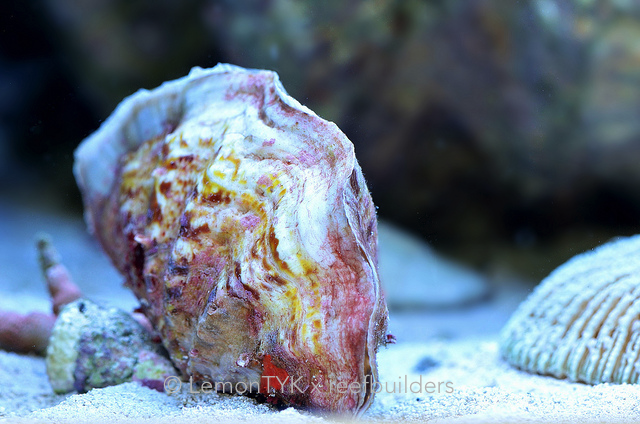The shell world. A fascinating paradigm filled with species both innocuous and psychedelic, attention grabbing and coy. This juxtaposition is carelessly expressed in multiple genera and types, even in our favourite Tridacna. Tridacna is best represented by the magnificent T. gigas, whose hulk like form is no stranger to even the most pedestrian of reef enthusiasts. T. maxima is also a standout character, with kaleidoscopic mantles unabashedly providing an endless permutation of “shell shocking” colour. Yet a lesser known member of this genus lurks sheepishly in their shadows, and although having been known for years, it’s only lately that the devil clam has started rearing its horns in the aquarium scene.

Tridacna mbalavuana, formerly known as Tridacna tevoroa, has made a mini impact in the aquarium scene with the sudden availability of a few specimens. Also known as the devil clam, this unorthodox species is unlike any Tridacna you’re familiar with. T. mbalavuana has relatively arthritic mantles that rarely extend pass the shell margin. This, along with its smooth papyrus like shell is very reminiscent of T. derasa, but it has an asymmetrical shape that spindles along the excurrent siphon’s end. The most telling characteristics however are the knobs that plague the surface, as well as its unusually tentacular incurrent siphon.

A previous article featuring this clam shows the grandeur that accompanies it at full size, but what we’ve not seen before is a small representation of the species. The specimen here from the Triton display tank measures in at four inches, and is the only “devil’s spawn” aka baby we’ve seen to date. It’s not likely that the devil clam will gain a cult following like its more showy cousins, but instead it will probably broaden the niche market for unusual clam oddities. Hippopus hippopus now has another freak in its hood, but for the devil clam, potential connoisseurs should expect to shell out substantial dough ($666) if they want to acquire the malevolent mbalavuana.



